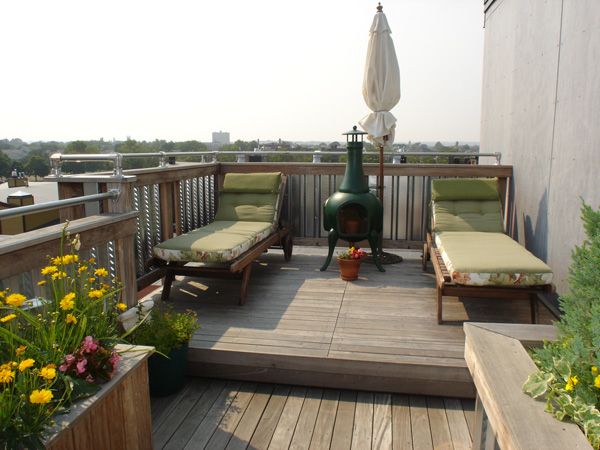Support Posts are a vital part of most decks. But they must be correctly installed in order to perform their task adequately. Not only must they support the weight of the decking structure, but also the weight of any accessories you might put on the deck, as well as allowing for the maximum number of people that might use the deck at the same time.
If you intend to bury the support post then rather use a pole, in preference to rough sawn treated timber, as these poles are treated specifically for such use.
Here are some of our tips:
1. Poles should be of an adequate thickness for the size of load they will be expected to support. If in doubt, consult your supplier. Tapered poles are actually stronger than cylindrical (turned) poles, but most people prefer the look of cylindrical poles.

2. Poles should be treated against rotting (e.g. CCA or TBTN). Ensure the correct level of treatment for your application. For example, the requirement for timber used in roof trusses is termed H2, whereas what is required for in ground contact is H4, or H6 if planting the pole in sea water.
3. For raised decks, cross bracing of the support poles should be included to ensure the support structure does not twist or lean. These should be attached at an angle (usually 45°) to the vertical poles using threaded bar, washers and nuts.
4. When burying support poles, it is important to let moisture drain out from the base of the pole. So, either use a pre-cast or in-situ cast base and position the post on top of this, or if the ground is compact enough simply plant the post into the ground and secure it in place.
Hope you find these tips on how to install safe and secure support poles useful! If you have any other tips feel free to leave them in the comments below.








This comment has been removed by the author.
ReplyDelete